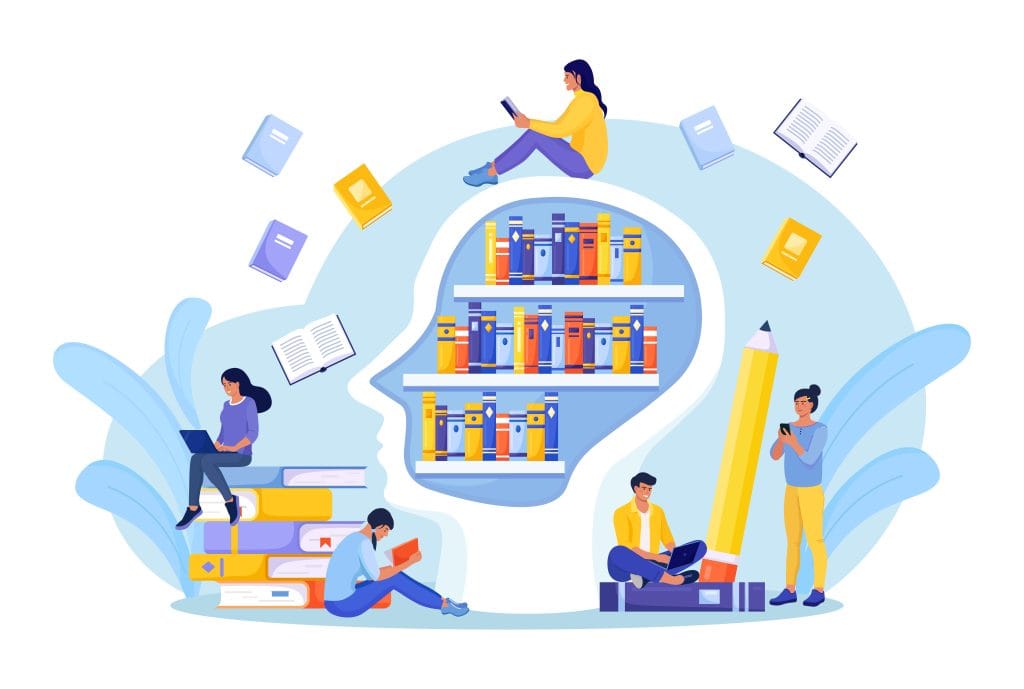“We teach who we are” said educational philosopher Parker Palmer. This idea resonates deeply in the context of today’s classrooms, where teachers strive to not only impart knowledge but also nurture critical thinking and multiple intelligences among their students. Early in my teaching career, I discovered that effective education goes beyond rote memorization. It involves engaging students in ways that stimulate their cognitive strengths and encourage deeper understanding. Here are several strategies to achieve this in your classroom.

The Need for Holistic Education
In today’s educational landscape, it’s clear that traditional rote memorization techniques are insufficient. To truly prepare students for the complexities of the modern world, educators must focus on developing critical thinking skills and stimulating multiple intelligences. Howard Gardner’s theory of multiple intelligences highlights that individuals possess a variety of cognitive strengths, such as linguistic, logical-mathematical, spatial, and interpersonal intelligences. By leveraging these diverse abilities, teachers can create a more dynamic and effective learning environment.
Effective Strategies for the Classroom
Establishing the Educational Philosophy
On the first day of class, it’s essential to clearly communicate the educational philosophy and structure. Explain why traditional memorization won’t suffice and introduce the new strategies that will be used. This helps students understand what is expected of them and prepares them to think critically from the start.
Building a Solid Foundation
Rather than overwhelming students with numerous topics, concentrate on the fundamental concepts. Limit the scope to about 50 core ideas and explore them deeply. This approach not only aids retention but also enables students to apply these concepts to various problems and scenarios.
Making Learning Relevant
Teach concepts within practical, real-world contexts. For example, instead of abstract lessons on mathematical principles, use examples like budgeting for a school event. This not only makes learning more engaging but also shows students the real-life applications of their knowledge.
Understanding the Big Picture
Help students see the connections between new concepts and foundational knowledge. Relate parts to the whole and continuously integrate new information with what they already know. This holistic approach fosters a deeper understanding and stimulates multiple intelligences.
Promoting Critical Engagement
Create activities that challenge students to think critically. For instance, rather than just reading about a scientific theory, have them design experiments to test it. Follow up with discussions about the thinking processes involved, encouraging students to reflect on their learning.
Engaging All Students
Frequently engage students who don’t typically raise their hands. Ask them to summarize what others have said or to contribute their own ideas. This ensures that all voices are heard and encourages active listening and participation.
Fostering Teamwork
Regularly divide the class into small groups with specific tasks. This not only promotes teamwork but also allows students to learn from each other. After group activities, have students present their findings, discuss challenges, and share solutions.
Recognizing Diverse Needs
While these strategies are highly effective, it’s important to acknowledge that they require a shift in both teaching and learning mindsets. Some students might initially struggle with the transition from rote memorization to critical thinking. Additionally, not all teachers might have the resources or training to implement these strategies fully.
Considering Multiple Viewpoints
Encourage students to consider multiple perspectives and challenge their own viewpoints. For example, during debates or discussions, ask students to argue both for and against a particular issue. This not only enhances critical thinking but also fosters empathy and understanding.
Conclusion
Implementing these strategies can transform the classroom into a vibrant learning environment where students are actively engaged and developing critical thinking skills. By focusing on clear communication, fundamental concepts, contextual learning, logical connections, and thought-provoking activities, educators can help students achieve a deeper understanding and stimulate multiple intelligences.
Imagine the potential if every student was equipped not just with knowledge, but with the ability to think critically and solve real-world problems. This is the future of education we must strive for.
- Clear Expectations: Setting the stage for a critical thinking-focused classroom.
- Fundamental Concepts: Focusing on key ideas.
- Contextual Learning: Making lessons relevant to real life.
- Logical Connections: Building a holistic understanding.
- Thought-Provoking Activities: Engaging students in critical thinking tasks.
- Active Participation: Ensuring all students are heard.
- Collaborative Learning: Promoting teamwork.
- Addressing Challenges: Recognizing diverse needs and perspectives.
How can you incorporate these strategies into your own learning or teaching to make education more meaningful?

